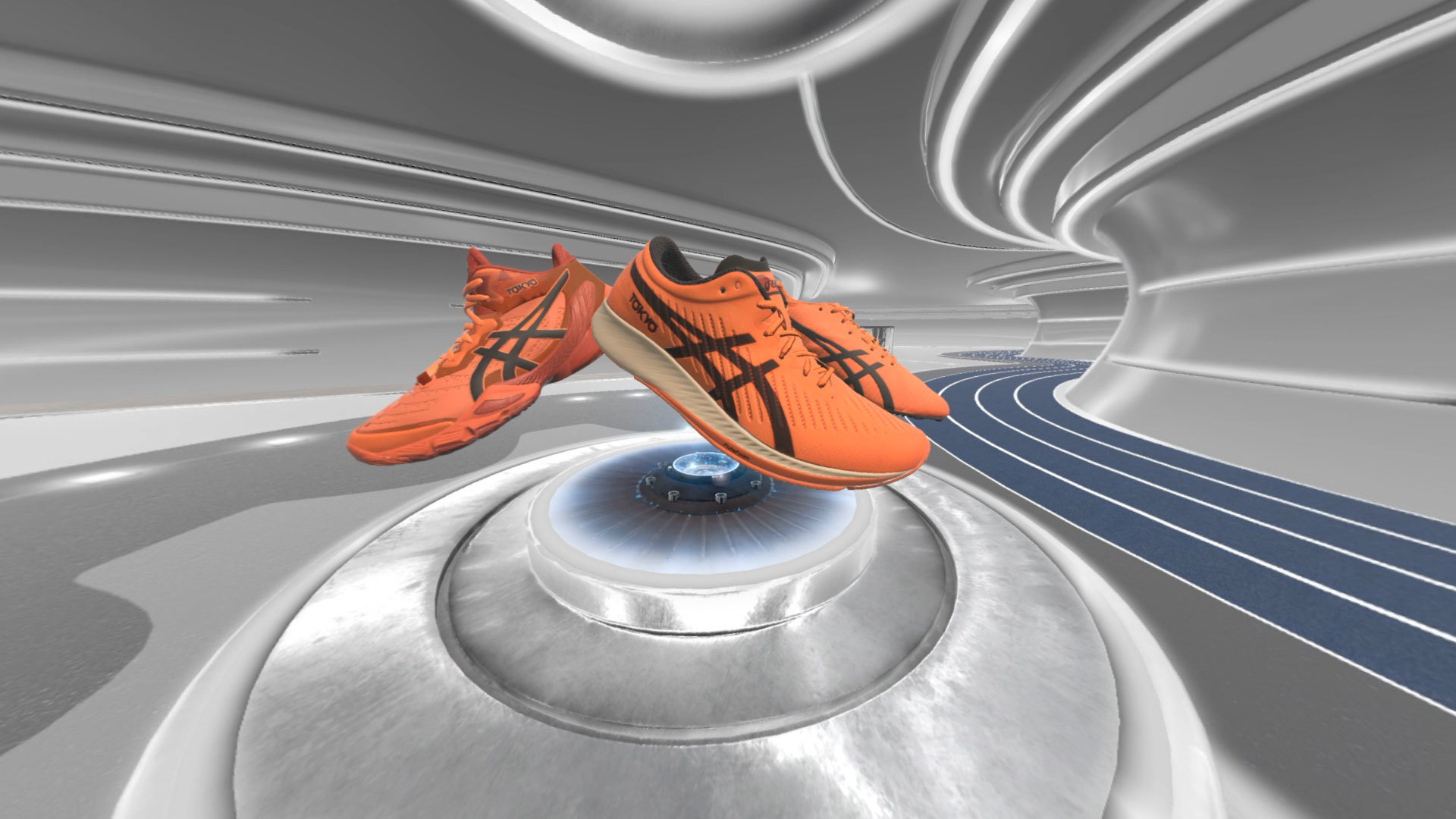Lockdown: An experiential shot in the arm?
As we grapple with the rapid changes and uncertainty currently in our lives, survival mode quickly sets in. How do we now achieve our aims and objectives when so much of what we took for granted is no longer possible?
In the world of ‘live’ experiences, many cancelled conferences, launches and events are being quickly repurposed as digital experiences. Adobe Summit delivered a trimmed down online event, journalists around the world were sent VR headsets by Asics to experience their latest product launch virtually, and in the world of sports, cycling, tennis and Formula 1 are amongst many streaming virtual races with competitors connected from their own homes.
 Asics VR product launch, March 2020
Asics VR product launch, March 2020
This migration to digital is a natural short-term response, but as the demand for virtual events and online experiences accelerates, it’s worth pausing to consider what all this will mean for live experiential marketing when we emerge from our coronavirus inflicted isolation.
Will this spell the end of mass participation in in-person events, confined as they are to a place in time and space? Or could it actually lead to growth, fuelled by a hunger to physically reconnect, and linked to new digital tools as part of the experiential DNA, enabling increased reach, engagement, metrics and value?
My belief is that we have a primal social need for face-to-face engagement. Technology has connected people across vast distances since the advent of the telegraph first introduced the idea of global simultaneity. The current environment accelerates widespread use and easy familiarity with the latest technologies and platforms. People of all ages connect socially on Zoom, join live online health and fitness classes and attend virtual quizzes, isolation discos and cocktail clubs.
What’s been informative is the hunger for video connections. Individuals that had previously turned cameras off for conference calls now switch them on. They have a need to see others. To connect in a more social way. If technology helps fill this void now, imagine the joy when we can all finally meet in person – gathering in bars, restaurants, music venues, sports stadiums and exhibition halls. To share those real, authentic moments with others and feel the energy and excitement of being part of something bigger than us. Something human.
Right now, most roads lead online to find innovative and creative ways to deliver a brand’s objectives and engage with their audiences. What follows the lockdown is unlikely to be a simple return to the old way of doing things. The evolutionary shift will be too great and the advantages of going digital too apparent.
Over the next few months the metrics from online and virtual events will doubtless be impressive. With so many of us now working from home, often with more time on our hands and curious to experience new things, there’s a captive audience with limited engagement choices. But once our lives become busier, the downside to online experiences will become more apparent.
For all but the very best virtual events, it’s all too easy to just brush the surface: to leave a keynote running in the background whilst reading an important email, to get distracted as someone interrupts, or to simply turn off because you have other priorities. Sure, fractured moments can still have some value, but the gift of an in-person event is that the audience is present. In both mind and body.
The new age of experiential is likely to support a broader platform, with physical events increasingly part of a wider connected communications programme. Recent years have already seen a shift from events as importers of content from other areas of the marketing mix to content factories, propelling and amplifying messages across digital, social and other marcomms channels, extending the event lifecycle and value.
This trend is only likely to grow, as authentic in-person activations increasingly drive, inform and connect to engaging and immersive digital experiences and live and on-demand content, aiming to prolong audience participation and engagement. Those brands that embrace and experiment in online experiences now will certainly have a head start in creating successful hybrid events in the future. Agencies will need to meet this new need by providing creativity across the experiential omniverse.
Humans are incredibly resourceful and resilient, and permanent behavioural change is inevitable. We will always be rewarded more by real life social connection whilst also enjoying the benefits and fascination of new technologies. Creating amazing experiences that balance immersive technology and real human interaction has long been central to 2LK’s approach – it bodes well for the post-pandemic future of experiential.
More reading:
DBA Interview: Building on 25 Years of Success.
Better Briefs: Make Them More Effective.
Effective Experiential: Beware the PR Stunt.
Let’s Get Personal.